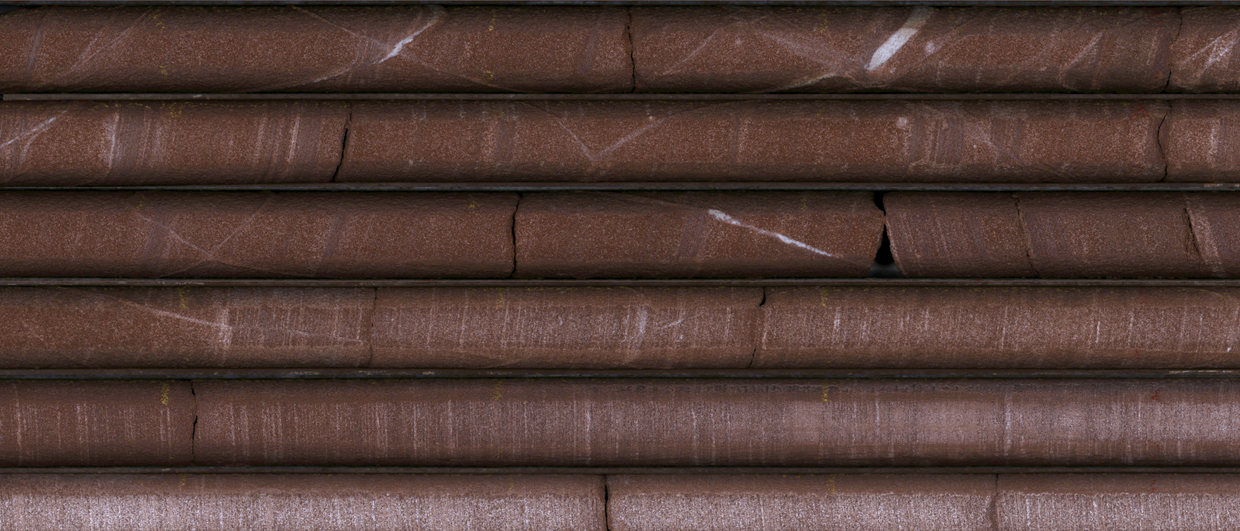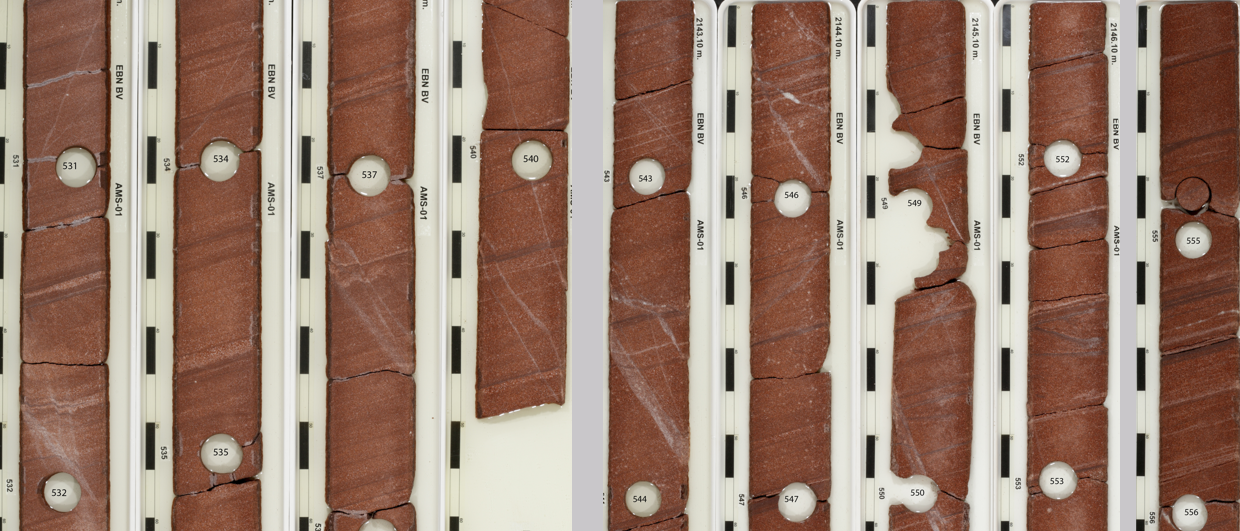One of the major challenges for the energy transition is the storage of excess energy that can be used at times when the wind does not blow or the sun does not shine. Corre Energy in the Netherlands is looking at storing excess wind or solar energy in the form of compressed air into salt caverns in the northern part of the country as a solution to this problem. How does this work? We caught up with Corinne Faassen from Corre Energy to hear about the plans.
“The project is in its planning stage; the caverns still need to be created”, Corinne emphasises. “There are salt caverns in the northern part of the Netherlands already, but we are looking at deeper targets than the existing ones, allowing for a larger pressure drawdown. In addition, creating the caverns with air compression in mind is an opportunity as well, because the shape of the cavern is important to ensure stability, both from a rock-mechanical as well as from a subsidence point of view.”
Temperatures biggest concern
“When it comes to the stability of the salt cavern walls”, Corinne explains, “it is not so much the pressure changes that are the biggest concern, but the associated temperature changes when pressures drop due to air production. We have identified that the salt wall could incur some microcracking (dilation) when pressures and temperatures suddenly drop and especially when these low temperatures continue for a long time. It is a complex combination of absolute pressure, pressure change rate, temperature change, and duration of pressure reduction during air extraction.”
It is not clear yet how severe these microcracks are, as salt is known for its self-healing capacities, especially when pressures and temperatures rise again during a consequent air injection phase. “In order to mitigate this, further sensitivity studies will be done to get insight in how these four factors interact, and in which order the processes take place at and in the cavern wall. Based on these findings, the safe operational constraints will be determined”, Corinne adds.
A significant energy buffer
The amount of energy that can potentially be withdrawn is significant. “In case of an urgent need”, Corinne explains, “we could potentially draw down 320 MW for 3.5 days from two caverns we have planned at a depth of around 1100-1300 m.” Saying that, it is important to realise that 50% of the energy produced will be required through either the burning of gas or H2 to get the decompressed air up to a temperature ready to be entering the turbine that will generate the electricity. In that sense, the process will still need a source of energy over and above the compressed air. But the potential is clearly there.
This article can also be found in Issue 1 of the GEO EXPRO magazine, which can be downloaded here.





